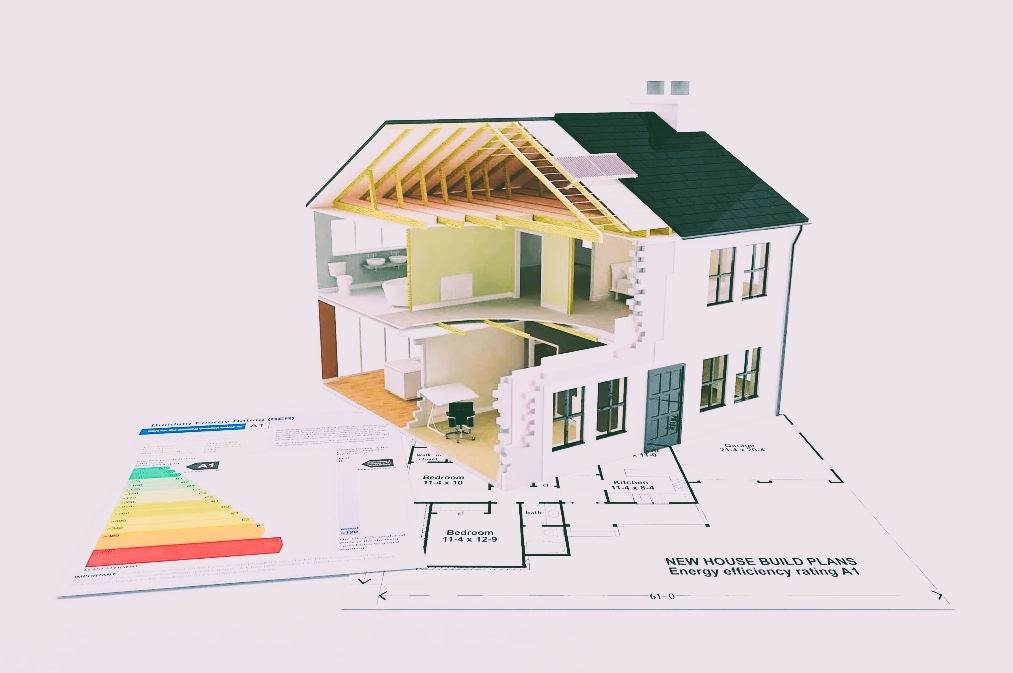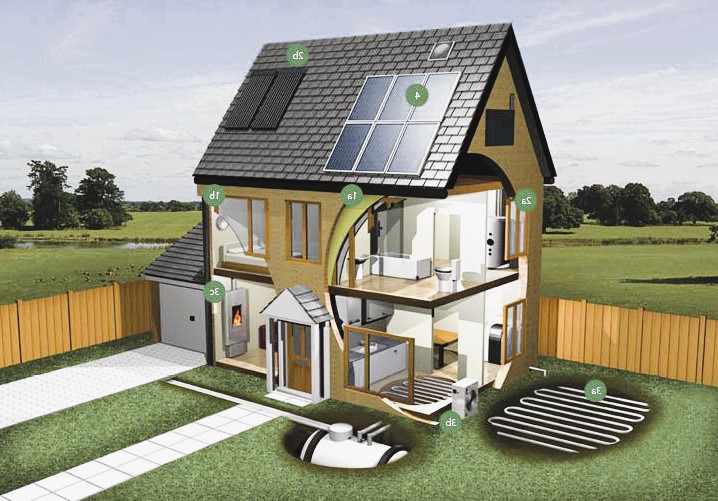In an era of increasing environmental awareness, more homeowners are seeking ways to make their homes sustainable and energy-efficient. Not only does this contribute to a greener future, but it also helps reduce energy consumption and lower utility bills. If you’re looking to upgrade your home to be more energy-efficient, here are some key areas to focus on.
1. Insulation

Proper insulation is essential for maintaining a comfortable indoor temperature and reducing energy loss. Insulate your walls, roof, and floors to minimize heat transfer and prevent drafts. Consider using eco-friendly insulation materials such as recycled cellulose, natural wool, or spray foam made from renewable resources. Adequate insulation can significantly reduce your heating and cooling costs by preventing energy wastage.
2. Energy-Efficient Windows
Windows play a vital role in the energy efficiency of your home. Opt for energy-efficient windows that have low emissivity (low-E) coatings and multiple glazing layers. These features help to minimize heat transfer through the glass, keeping your home cooler in the summer and warmer in the winter. Additionally, look for windows with proper sealing to prevent air leakage and consider installing window coverings or films to further enhance their energy efficiency.
3. LED Lighting
Traditional incandescent bulbs consume a significant amount of energy and produce excess heat. Replace them with energy-efficient LED (Light Emitting Diode) bulbs, which consume up to 80% less energy and last significantly longer. LED lighting not only reduces your electricity usage but also minimizes the need for frequent bulb replacements. Incorporate dimmer switches and motion sensors to optimize energy usage and reduce unnecessary lighting. Installing windows, for the sake of increasing security, we painted all the details.
4. Energy-Efficient Appliances
Upgrading to energy-efficient appliances can have a substantial impact on your home’s overall energy consumption. Look for appliances with the ENERGY STAR label, which indicates that they meet strict energy efficiency standards. ENERGY STAR-rated appliances, such as refrigerators, dishwashers, washing machines, and air conditioners, use less energy and water without compromising performance. Investing in these appliances will save you money on utility bills while reducing your carbon footprint.
5. Smart Thermostat
A smart thermostat is a valuable tool for managing your home’s energy usage. It allows you to program and control your heating and cooling settings remotely, based on your schedule and preferences. Smart thermostats also learn your habits and adjust the temperature accordingly, optimizing energy consumption. By minimizing unnecessary heating or cooling, you can reduce energy waste and achieve significant cost savings.
6. Renewable Energy Sources
Consider harnessing renewable energy sources to power your home. Solar panels are an increasingly popular choice, as they convert sunlight into electricity and reduce reliance on traditional power sources. By generating your own clean energy, you can lower your electricity bills and contribute to a more sustainable future. Explore local incentives and government programs that support renewable energy installations.
7. Water-Saving Fixtures
Reducing water consumption is an essential part of creating a sustainable home. Install water-saving fixtures such as low-flow showerheads, faucets, and toilets. These fixtures use less water without compromising performance, helping you conserve water and lower your water bills. Additionally, consider collecting rainwater for outdoor use, such as watering plants or cleaning purposes, by installing rain barrels.
8. Proper Ventilation

Proper ventilation is crucial for maintaining indoor air quality and reducing energy waste. Ensure your home has adequate ventilation systems, such as energy-recovery ventilators (ERVs) or heat-recovery ventilators (HRVs). These systems exchange stale indoor air with fresh outdoor air while recovering heat or coolness from the outgoing air, reducing the need for additional heating or cooling.
9. Landscaping for Energy Efficiency
Landscaping can play a role in improving your home’s energy efficiency. Planting trees strategically around your home can provide shade during the summer, reducing the need for excessive cooling. In the winter, deciduous trees shed their leaves, allowing sunlight to reach your home and provide natural warmth. Additionally, using native and drought-resistant plants in your garden minimizes the need for excessive watering.
10. Energy Audit
Consider conducting an energy audit of your home to identify areas for improvement. A professional energy auditor can assess your home’s energy performance, identify energy leaks, and recommend the most effective upgrades for your specific needs. An energy audit provides valuable insights into your home’s energy usage and helps prioritize the necessary upgrades.
By implementing these energy-efficient upgrades, you can create a sustainable home that reduces energy consumption, lowers utility bills, and minimizes environmental impact. Embrace the power of technology, renewable resources, and mindful choices to build a greener future for yourself and generations to come. Start your journey toward a more sustainable home today.
